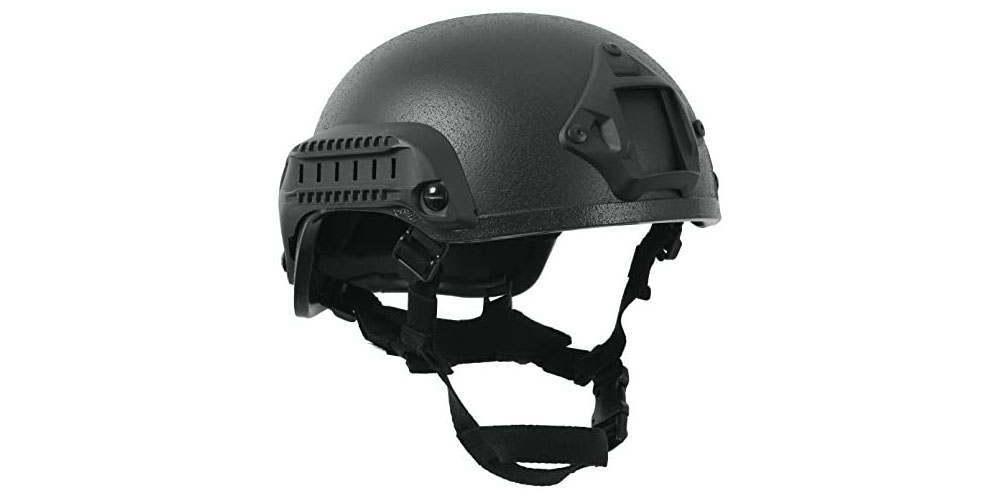Since people first learned how important the old brain housing group was, head protection has been a crucial component of fighting. For almost as long, soldiers have attached various items on their helmets, some for utility in battle and others for luck or morale.
If you are thinking about how a tactical helmet designed and the perfect setup then you will know a tactical helmet is essential gear for the military, law enforcement, and even some civilians. As before, helmets serve as head protection as well as places to mount tools necessary for a mission’s completion.
Ballistic helmets, commonly referred to as bulletproof helmets or tactical helmets, are made to shield the wearer’s head from projectiles, blunt force trauma, shrapnel, and other dangers.
Key Points About Tactical Helmets
- A noteworthy case study in the evolution of military equipment is the tactical helmet designed according to the user’s requirement.
- The less-than-ideal aspects of the preceding generation of headgear are constantly being fixed by helmet designers and manufacturers.
- Modern helmet models distinguish themselves by being lighter and more compatible with communications technology.
- So always have in mind that the type of helmet you have can affect your setup, including the way accessories are installed or fastened as well as how comfortable it is to wear fully equipped equipment.
How can a Tactical Helmet be designed?
There is no one method that works for everyone when setting up a helmet, which is one of the first lessons you learn. There are several variables that affect the sort of headgear you wear and the equipment you mount to it. The key ones are:
Threats you and your team expect:
While some of the tactical helmets designed are tested for bullet resistance, some are not.
Requirements of your team’s missions:
It’s likely that you’ll require lighting and night vision if you’re operating in the dark. A camera is required if the mission calls for broadcasting or recording. Perhaps you require a Multigame helmet cover for mounting and camouflage.
Head after being mounted with the essential gear:
You may need to experiment with the padding, chin strap, etc. to find the ideal fit while wearing your accessories.
How should a tactical helmet fit?
By the tightening of chin straps:
- When you turn, shake, and swivel the helmet stays in place.
- The helmet fits snugly but not too tightly.
- Looking up, you can see the rim of the helmet with your eyes alone.
- When viewed from the side, the helmet’s front and back are levels.
- When viewed from the front, the sides of the helmet are level.
Concluding remarks
From this present article, everyone can have a detailed idea about the usage and overall setup or design of a tactical helmet. These helmets are going to be smarter and play a key role in military gear developments. Hope you find this article interesting to read. Please share with us your reviews of how you found this article.








